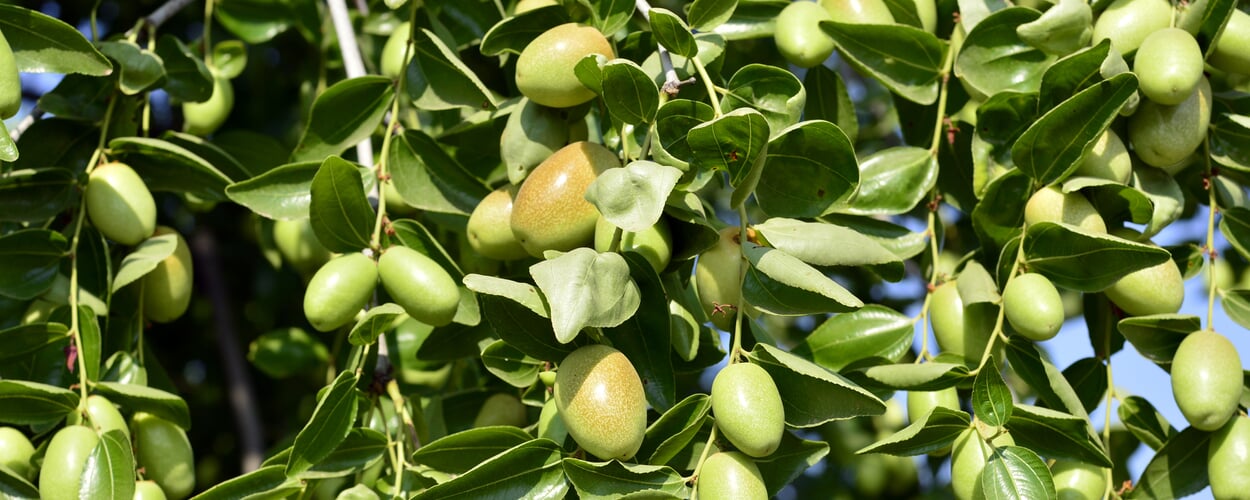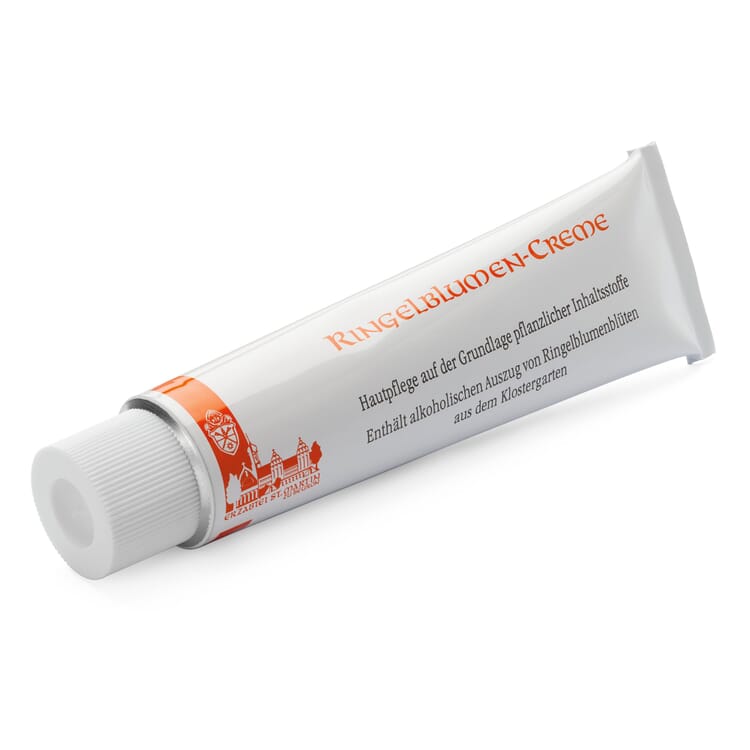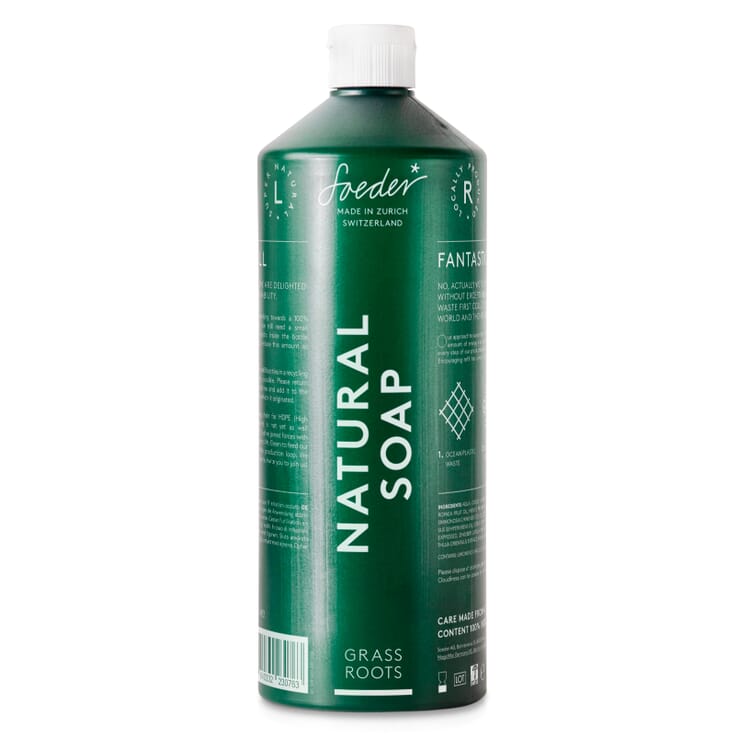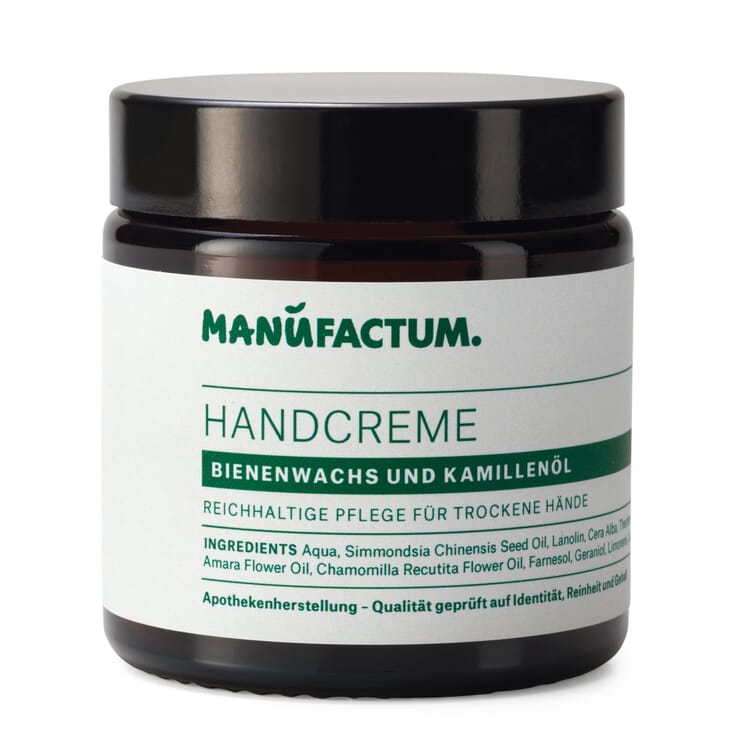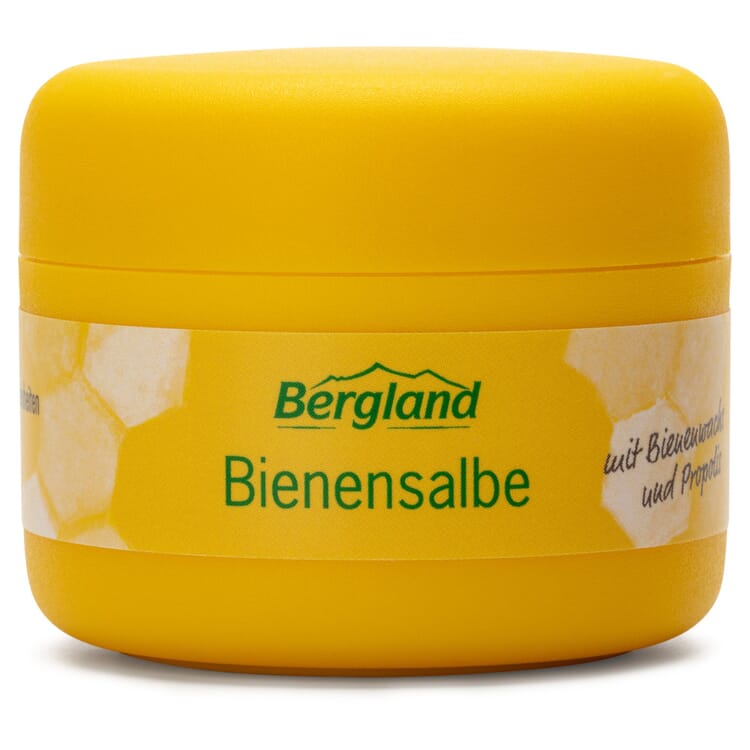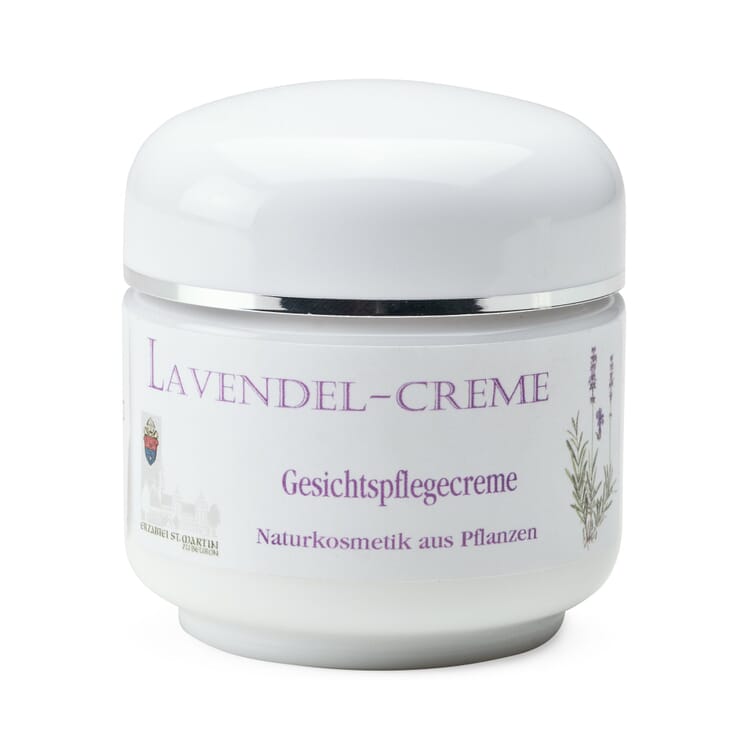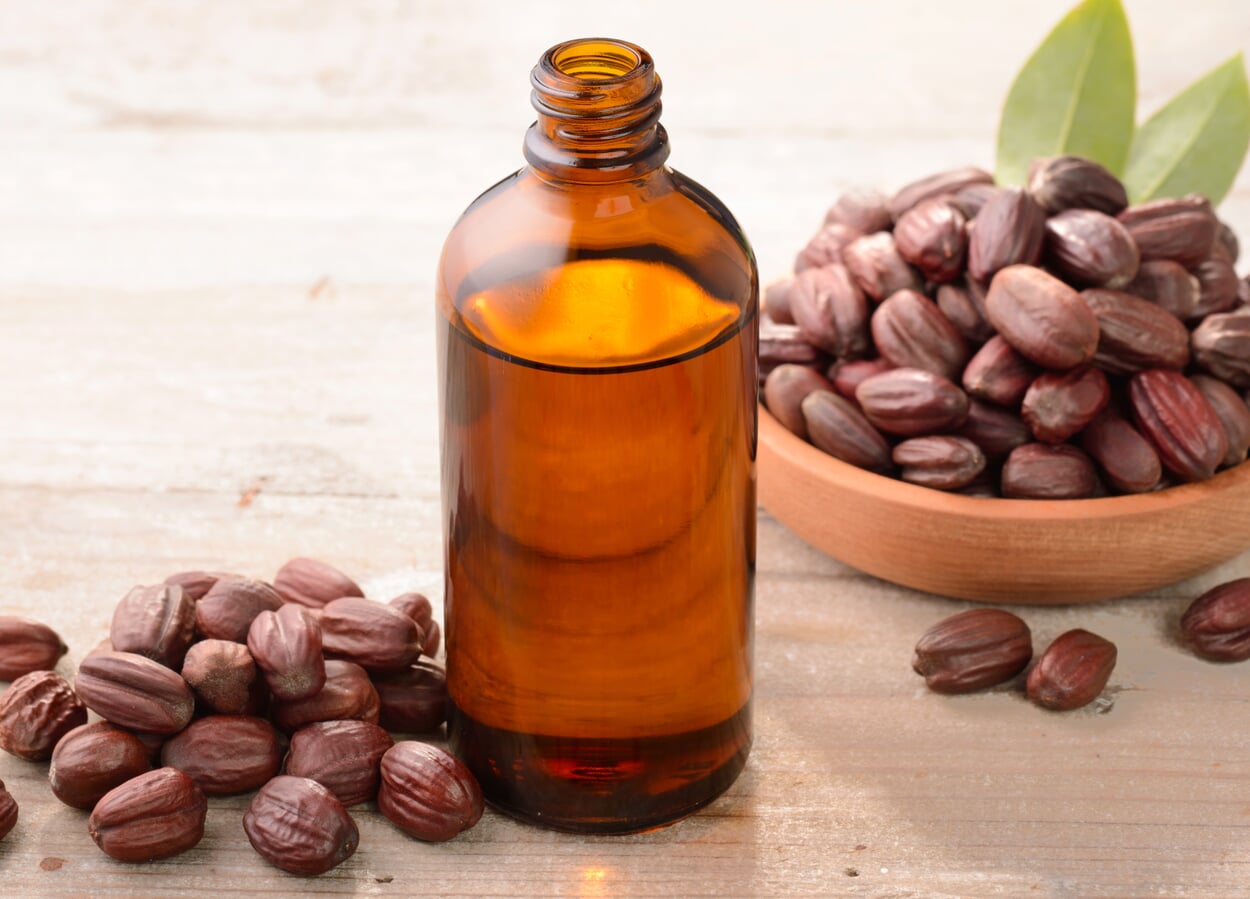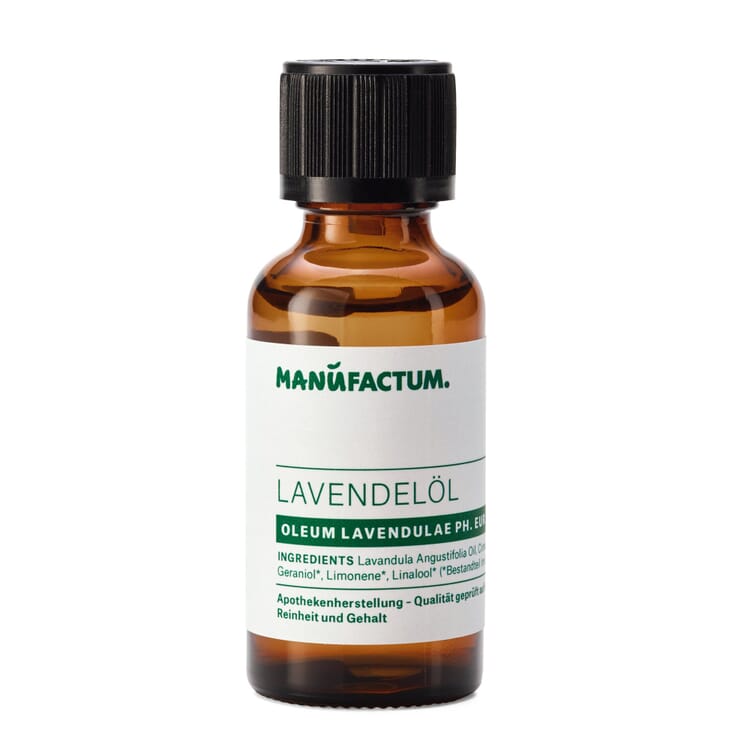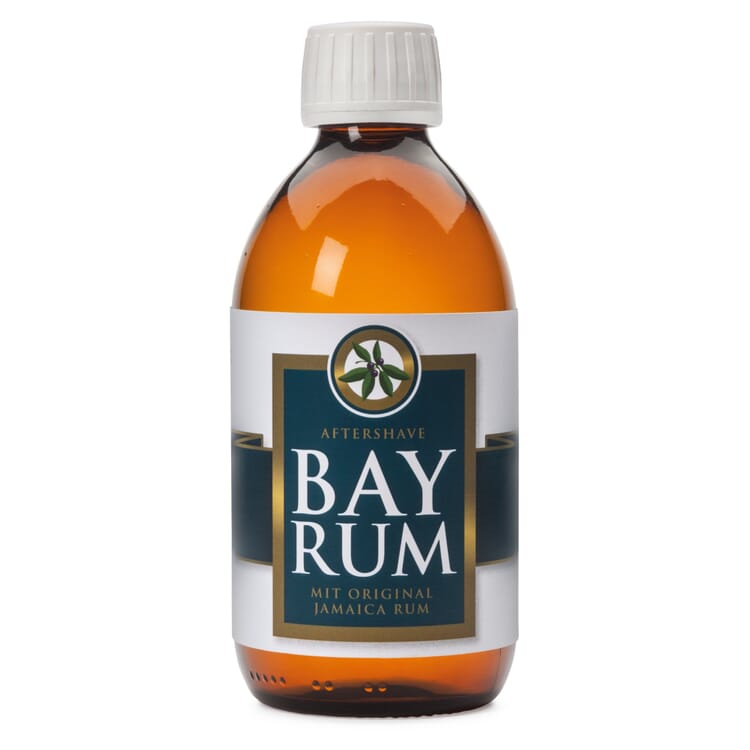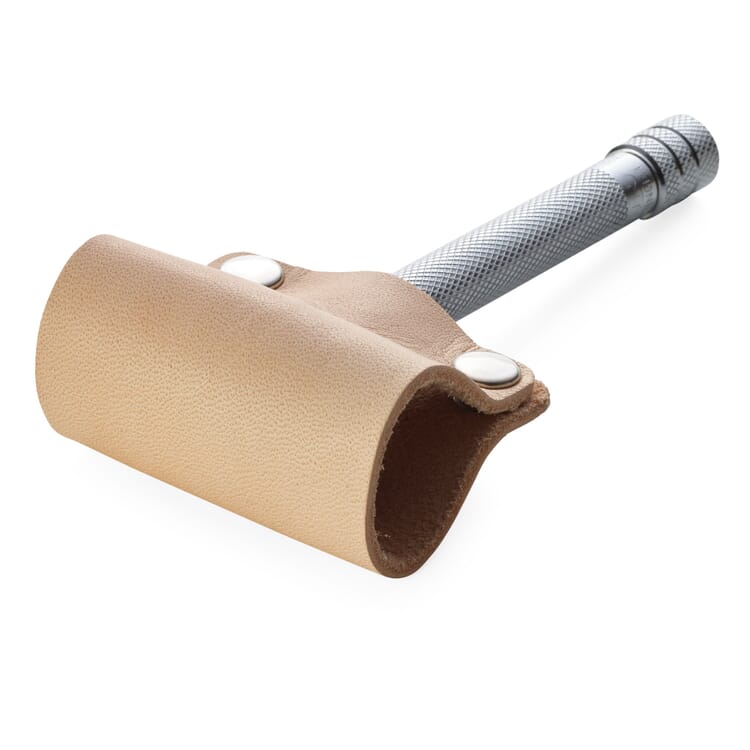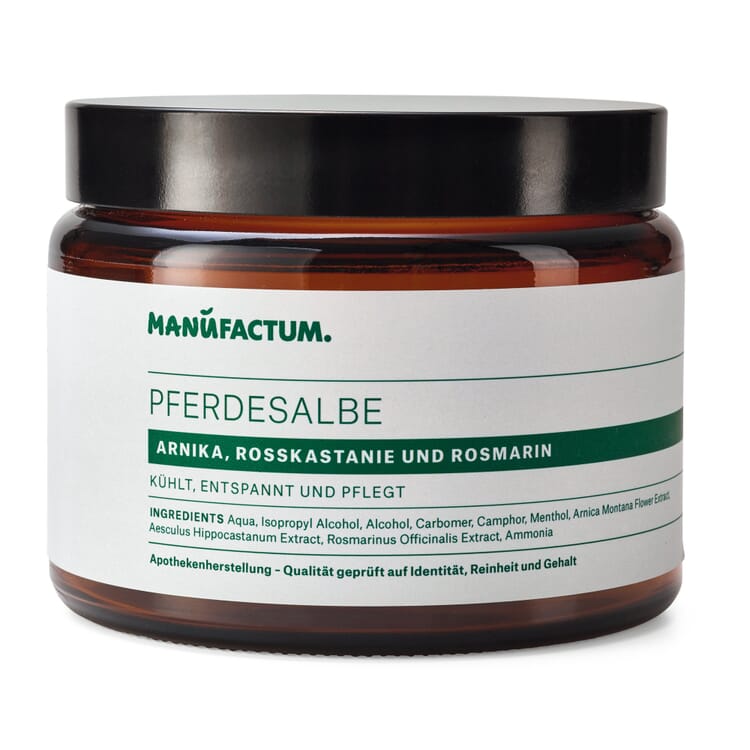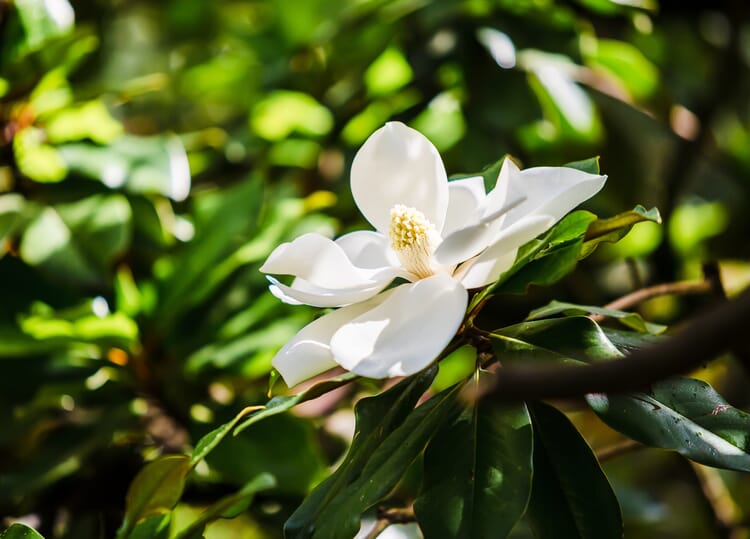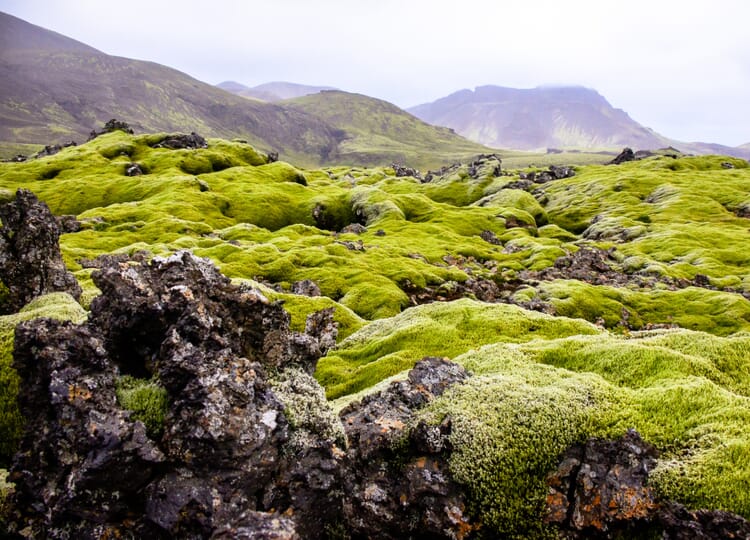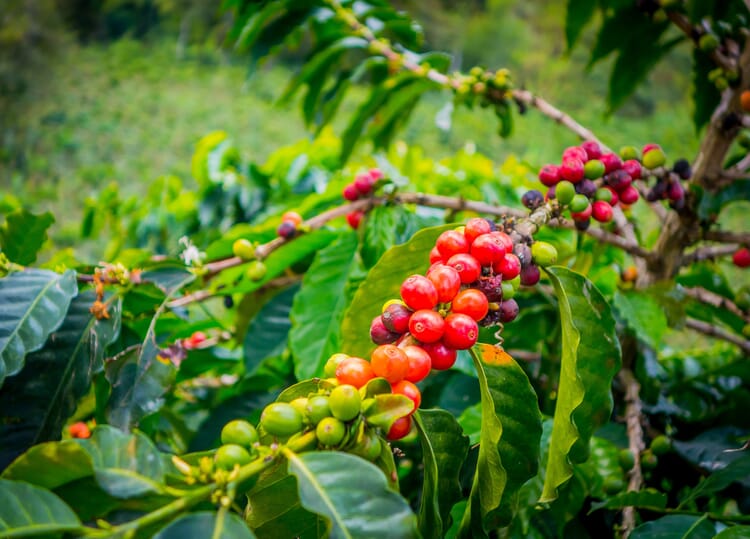- Aloe vera
- Apricot
- Argan tree
- Arnica
- Avocado
- Bay rum tree
- Bergamot orange
- Birch
- Carnauba Palm
- German Chamomile
- Bay laurel
- Common Sage
- Eucalyptus
- Fennel
- Norway spruce
- Clove tree
- Common Nettle
- Hops
- Magnolia
- Iceland moss
- Jojoba
- Coffee tree
- Cacao tree
- Camphor tree
- Shea tree
- Mountain pine
- Lavender
- Macadamia
- Almond Tree
- Lemon balm
- Myrrh
- Olive tree
- Orange tree
- Peppermint
- Calendula
- Rose
- Horse chestnut
- Soybean
- Tea tree
- Black cohosh
- Witch hazel
- Rowanberry
- Castor oil plant
- Lemon
Medicinal plants A|B|C
Jojoba (Simmondsia chinensis)
The evergreen jojoba shrub grows in the Sonoran Desert, which occupies parts of Mexico, California and Arizona. The somewhat shaggy-looking shrub grows about two meters tall and is perfectly adapted to the dry climate: The taproot, which reaches up to ten meters in depth, supplies the plant with water, and the leathery, dull gray-green leaves are protected from too much evaporative loss by a layer of wax. The small, yellowish flowers appear from March to May.
Origin and cultivation.
There are female and male jojoba bushes. The inconspicuous white flowers of the female specimens produce fruits that initially resemble large green olives in shape, color and dimensions. When ripe, the braun and wrinkled capsules burst open to reveal the redbraunseed inside. Cultivation areas of the jojoba shrub, which is insensitive to diseases, include the USA, Israel, India and Kenya. Because the jojoba can cope with very dry locations, it is of great interest as a crop for inhospitable regions.
Ingredients.
Jojoba seeds consist of about 50 percent jojoba oil, which is not actually an oil but the only naturally occurring wax that is in liquid form at room temperature. Its chemical structure is very similar to that of spermaceti, which is extracted from sperm whales and is no longer used, with good reason. Jojoba oil does not oxidize, so it cannot become rancid. It has anti-inflammatory and bacteriostatic effects; among other things, it also contains vitamin E, provitamin A and other antioxidants. Cold-pressed jojoba oil is clear golden yellow and has a light fragrance; refined oil, on the other hand, is colorless and odorless.
Products with jojoba oil
Use of the jojoba oil.
- Jojoba oil is one of the most important natural base oils for cosmetics that care for skin and hair. Products with jojoba oil have a balancing effect on the fat-moisture ratio of the skin, even flaky and oily scalp reacts positively
- Since jojoba oil is easily absorbed and does not leave an annoying greasy film on the skin, it is particularly well suited for the care of oily skin. Excess sebum production is regulated, an imperceptible waxy layer remains on the skin, but does not seal it and protects it from drying out
- Jojoba seeds are not suitable for cooking, they are indigestible and contain the glycoside simmondsin, which releases prussic acid. Jojoba oil itself has also been found to be incompatible when taken internally.
The jojoba got its misleading name "chinensis", i.e. "coming from China", because the botanist Johann Link accidentally read the label on a box of plant material as "China" instead of "Calif". To make the confusion complete, there is the Chinese jujube (Ziziphus jujuba), commonly cultivated in East Asia (and now also in Southern Europe), whose edible fruits outwardly resemble jojoba, but which belongs to a completely different plant family.
Exclusive Manufactum body care products
Recommended Topics
Over 130 million years ago, magnolias were among the first plants to produce flowers. At that time there were no bees, but there were beetles; to this day magnolias are pollinated by beetles. One of the approximately 250 species is the evergreen Magnolia grandiflora. As a tree or multi-stemmed shrub, it grows up to 25 meters high, and its creamy white flowers are among the largest tree flowers of all, measuring 25 centimeters.
View moreIceland moss has a doubly misleading name: Neither is it typical of Iceland, nor is it a moss. It is a lichen - that is, a hermaphrodite of fungus and alga that live together in symbiosis. The lichen's pads, about a hand's width high, can cover large areas, so it is called "rock grass" in Scandinavian countries. Its braun-green, leathery lobes curl up in dry conditions and form whitish green, antler-like branched forms.
View moreThe genus Coffea, which belongs to the red pepper family, comprises more than 100 species; only two of them are important for commercial cultivation: Arabica (C. arabica) and Robusta coffee (C. caneophora). The evergreen trees grow up to five and eight meters high, respectively. Their small white flowers produce coffee cherries, each of whose pulp encloses two seeds: the coffee beans. Because new flowers are formed over a long period of time, the trees bear flowers and fruits in all degrees of ripeness at the same time.
View more
